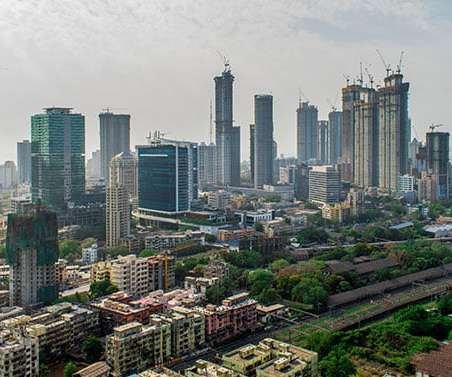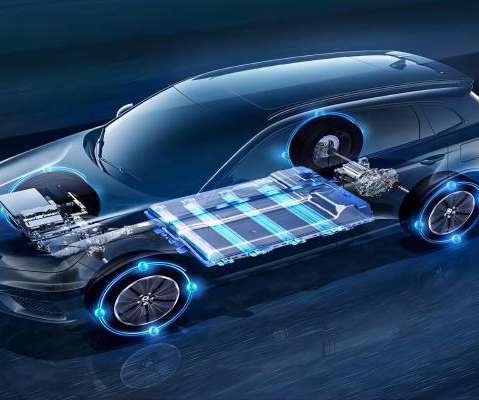History of Electric Vehicles in India
Get Electric Vehicle
OCTOBER 28, 2021
The cars were powered by a 72-volt lead-acid battery. 2000 – BHEL developed an eighteen-seater electric bus in 2000. It had an AC induction motor and a 96V lead-acid battery pack as its power source. With the help of MNES, 200 electric vans were created and operated in Delhi. The Present.











Let's personalize your content